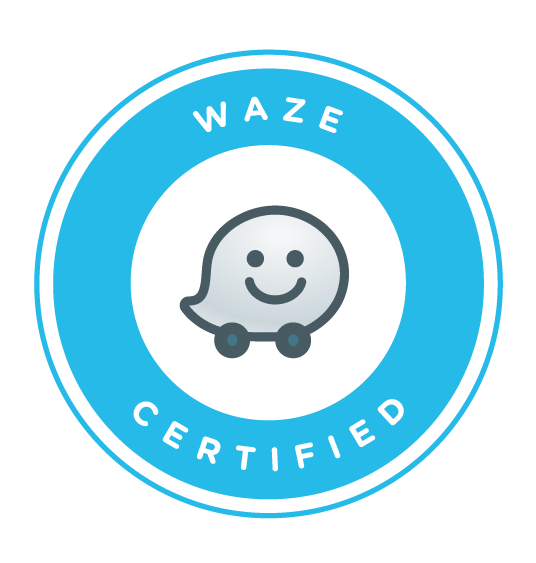Location Based Marketing is a hot subject, with the likes of Groupon going IPO and Google and Facebook playing catch up to the early pioneers, like Foursquare. This in itself is an issue, that location based marketing is new and the many of the platforms it exists on are shared by a comparative few consumers.
Facebook has 687 million users but only a small percentage of these are checking in, 65 million mobile users. If you look around the dedicated location space the user base is low, for example, Foursquare has 10 million users, having checked-in a total of 600 million times world -wide. It is growing fast, 3400% in 2010, and should not be underestimated.
It’s a valuable Market place
Being able to market to consumers when they are in a potential buying radius, or even increase their loyalty by way of reward and discount. We can all see from our stats the value of a repeat purchaser versus a new one. In addition digital channels now allow us to do this easier and cheaper than any offline equivalent. The added bonus is the data available from these platforms about customers once they have engaged.
So if the take up is low how can we justify resource and budget on location based marketing?
The key to maximising return in the early part of a trend is to focus on existing customers and early adopters. Existing customers are probably the easiest to convert. You can make offers exclusively available to those that check-in via Facebook, this being the platform that many users will be familiar with it will be easier to educate them about it. This in turn increases their loyalty and awareness of the location based platforms. Once you are getting them to successfully check-in on Facebook you can try to either migrate them to other platforms, Foursquare for example, or mine them for recommendations, introducing new customers.
The previous example is somewhat obvious and you should be encouraging this regardless of platform. The not so obvious opportunity is early adopters.
Early adopters exist in nearly every market place, and in today’s society represent a good cross section of ages and backgrounds. To take a benchmark, an early adopter will likely be using Twitter, read blogs or blog themselves; they will be highly mobile. Dare I suggest that many will be iPhone and iPad users? At the very least they will be inquisitive users of Mobile Applications regardless of platform.
How can you tap into these “upwardly mobile” technology addicts?
By doing things that will surprise them. As a Foursquare user I take much joy out of adding new shops, restaurants and other businesses to the application. I see it as my way of “leaving a tip”, yes, I do also leave a real tip if the service warrants! These businesses have no idea that I have just promoted them for free.
What if we were to turn this idea on it’s head?
The first thing we need to do is make sure these users can easily access the Internet. Ensure you can get a mobile 3G signal in your outlet at a minimum. Ideally you want to have WiFi access freely available. The easier it is for people to access the Internet on your premises the more likely they are to used location based services whilst there.
Choose an Application to target them with, Foursquare is as good as any, and for early adopters preferential to Facebook. Now highlight the WiFi access and Foursquare check-ins as visibly as possible; on receipts, menus, at the checkout, doorways, even on shop fittings.
Educate all staff about the application, and how it works. This part is important, there is nothing more frustrating than a member of staff that isn’t aware of a promotion and contradicting a customer.
Early adopters will notice these sign posts and start to use them, and if you get creative with implementation, spread the word about them. This in turn will reach other early adopters who are likely to be attracted to your business.
The trick is using location based marketing as part of your overall business strategy, getting creative with loyalty, discounts and offers. Focus on the customer and not the technology, but use the technology to make your job easier and to improve the customers experience.
Location based marketing may not be mainstream but the opportunities are worth the time invested for those willing to push new boundaries.
Do you have any examples of great location based marketing campaigns?





